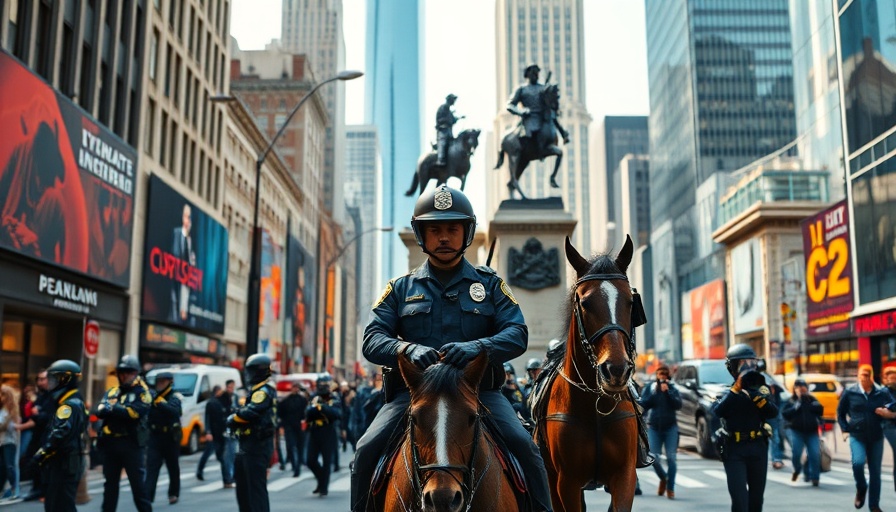
The Return of a Controversial Icon: Rizzo's Statue
The city of Philadelphia is set to return the contentious Frank Rizzo statue to the Frank L. Rizzo Monument Committee, which originally commissioned the piece back in 1998. This decision follows a turbulent period in the city’s history, when the statue was removed amid widespread civil unrest sparked by the police killing of George Floyd in 2020.
A Symbol Revisited: Understanding the Controversy
Frank Rizzo, who served as Philadelphia's police commissioner and later as mayor from 1972 to 1980, has long been a polarizing figure. Critics regard the statue as a representation of police brutality and discrimination during his administration, while supporters see it as a tribute to a significant era in Philadelphia's history. The statue's removal prompted discussions surrounding the role and impact of public art and monuments within communities, issues that remain relevant today.
Next Steps for the Monument Committee
Under the settlement approved by the Philadelphia Art Commission, the committee will oversee the statue's restoration, which is estimated to cost around $80,000. However, any future display on public property will necessitate Art Commission approval. This stipulation raises questions about where the statue could potentially be placed, as the committee has yet to disclose specific plans for its future location.
The Road Ahead: Implications for Public Art
The return of the Rizzo statue prompts a broader dialogue about public monuments in Philadelphia and other cities across the country. As communities grapple with their histories, what does it mean to retain or remove symbols of contentious histories? Rizzo’s statue, a vivid point of contention, highlights the ongoing struggle between honoring the past and addressing present community sentiments.
As Philadelphia undergoes this transition, it serves as a case study for other cities faced with similar decisions about public art and the narratives they choose to celebrate or challenge.
 Add Row
Add Row  Add
Add 




Write A Comment